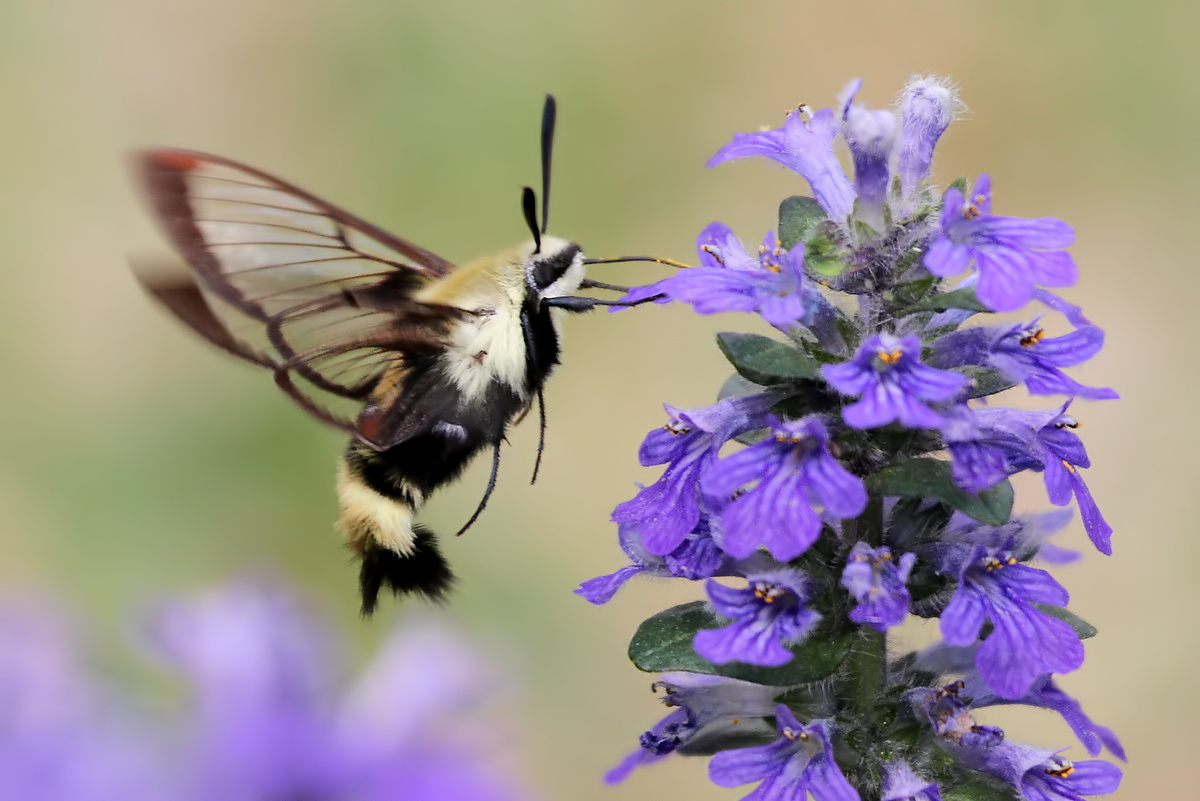At heart, I’m a dancer. You will not find me in a ballet performance or ballroom. Instead, you’ll find me energetically swinging my arms and casting my eyes skyward– the classic Julie Andrews twirl from “The Sound of Music.”
Whether you’re a professional or amateur dancer, or perhaps like to wildly gesticulate, dance and movement begin with observation. Perhaps it is internal observation, delving deep into your heart to express your mood. Or it can be external observation, like mimicking swaying trees or hopping frogs.
More than personal enjoyment, it is one of the oldest forms of communication. Through movement, we can express intangible emotions, like the strength of purpose through arms akimbo. We can also share more tangible thoughts. We are all familiar with the, “Can we find a bathroom soon, please?!” dance.
We are not the only dancers in nature. In fact, many wildlife use a form of dance to express and communicate. Honeybees are famous for their “waggle dance” (yes, that is the scientific term). The waggle dance is how a worker bee communicates distance, direction, and quality of nectar-rich flowers for her fellow honeybees.
Unlike my improvisational footwork, the waggle dance has a set routine.
To communicate distance, she waggles her hind end as she moves forward in a straight line. The length of the line, called the waggle run, shows roughly how far it is to the prime patch of flowers.
Showing the precise direction of the nectar-rich plants is a little more complicated. Bees understand which way is “up” inside their hive. To show direction, her waggle run is at the same angle where she found the flowers, using “up” to indicate the position of the sun. Bees seeing the dance would fly outside the hive, find the sun, mimic the angle they saw in the dance, and locate the patch of flowers.
The other dance honeybees perform is called the “round dance.” In this dance, the bee walks in a circle, turns around, and retraces the circle in the same direction. It communicates less information, simply that the flower patch’s location is close to the hive. There may be a waggle thrown in the circular pattern. The duration of the waggle is thought to express the quality of the find. As proof that she did indeed strike it rich with nectar, the bee will regurgitate a sample of the nectar for bees around her to taste.
But every so often, another worker bee will put a stop to the dance. She will butt her head up against the dancer to halt them in place. This happens because the worker who placed the stop signal knows the patch of flowers has been comprised somehow–maybe they were just attacked by a spider or wasp when they followed the directions. Essentially, she is telling the dancer to stop sending sisters to a dangerous place.
Dance language can be found in the fossil record of the genus of honeybees, “Apis.” Bees could have been dancing for the last 20 million years! Researchers believe the evolution of dance language could be a result of having a wide array of food sources of different quality. Bees need a tremendous amount of food for the hive. Why waste energy flying to poor sources of nectar and pollen when you can direct your fellow workers to much higher-quality plants?
You can see this dance in action at the glass-encased hive located at Ball State University’s Environmental Education Center. More than 20,000 bees thrive in the hive. There are frequent waggle dance performances. It is free to enter. More visitor information is at www.bsu.edu/academics/centersandinstitutes/fseec.
Bees’ fancy footwork can show us the way to new forms of understanding each other. The next time you are at a pot-luck, think of the great fun it would be to create a waggle dance towards your casserole. You’d be taking home an empty pan and a lively memory!
Kelley V. Phillips is the Communications & Outreach Manager for Red-tail Land Conservancy. She strives to cultivate wonder in nature and action to protect it.




